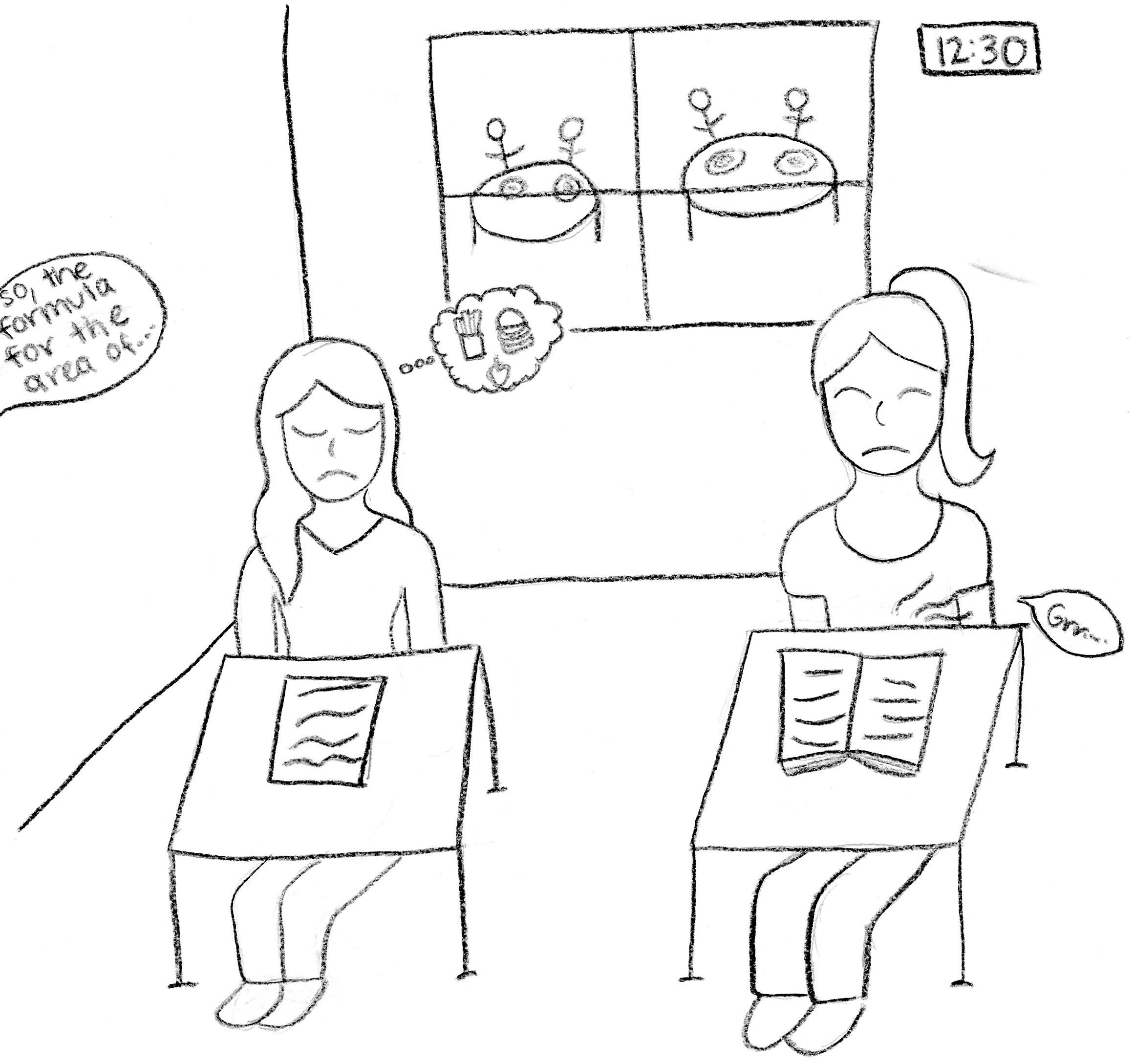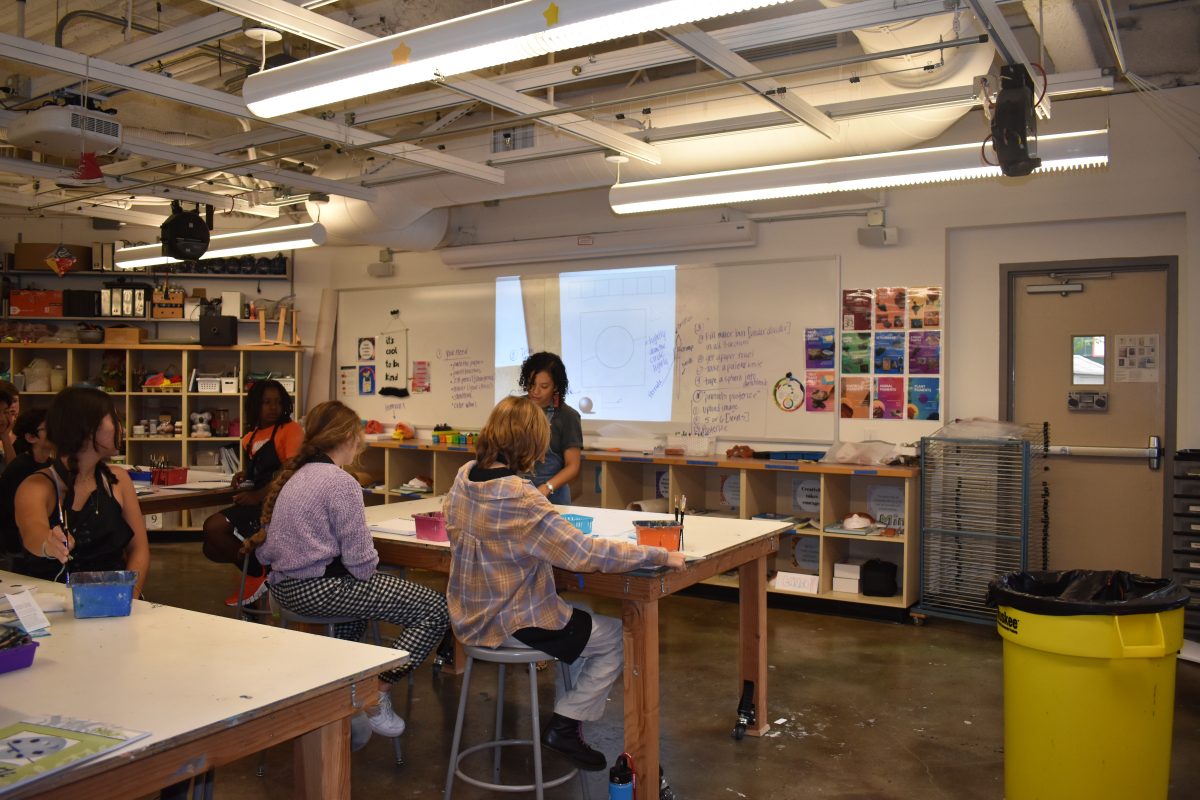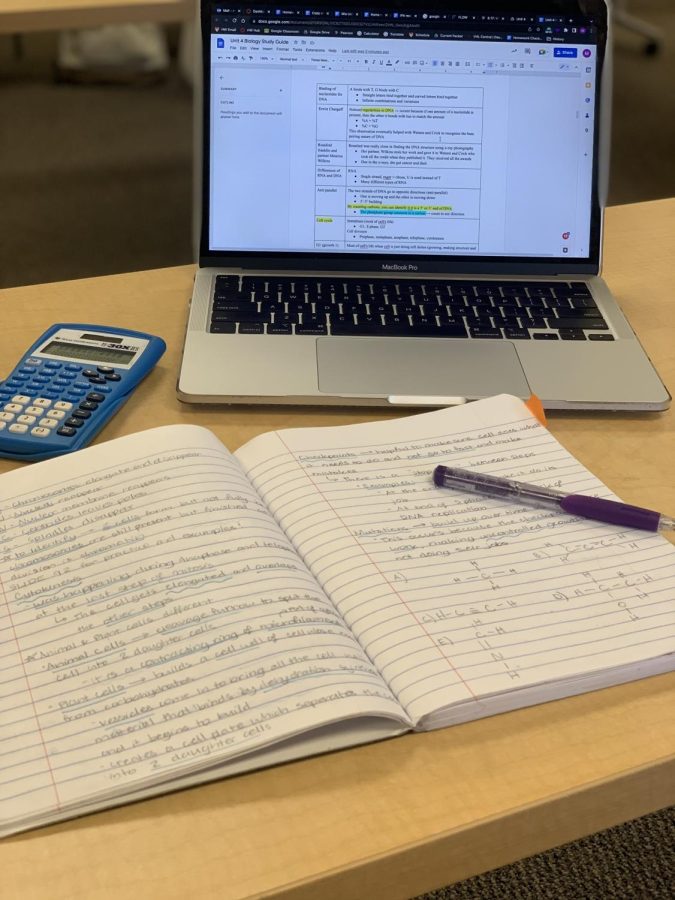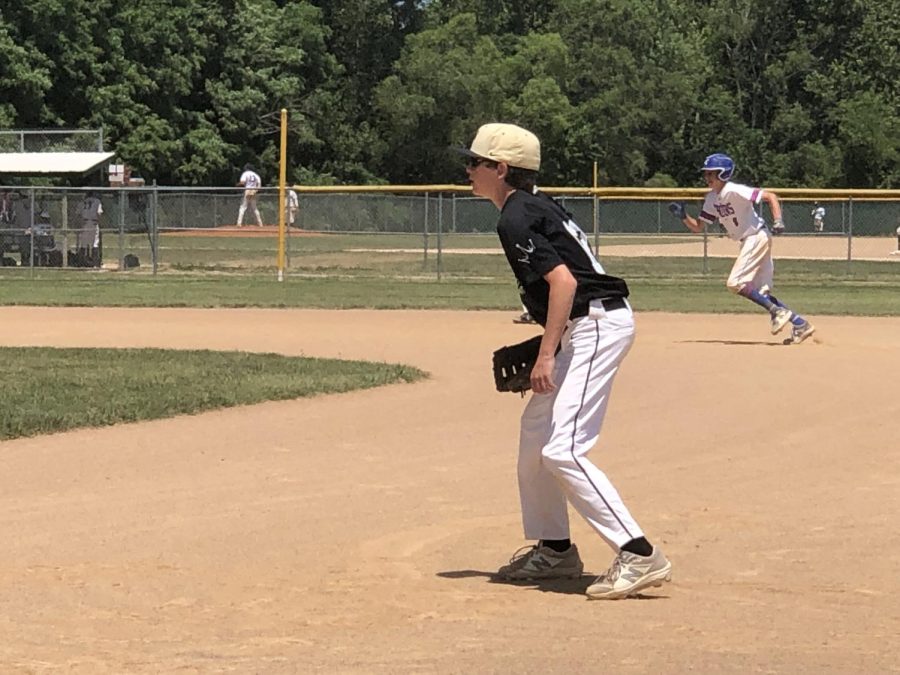 By Sophia Musante ’22
By Sophia Musante ’22
Student hunger has been an issue in the school community for years. The Administration has made several changes over the years to address this problem, the most recent being assigning mandatory lunch periods. While designating lunch periods has certainly helped, has it done enough to end student hunger?
According to Eighth Grade Dean Karen Fukushima, the school assigns lunch periods to ensure everyone eats lunch at a reasonable time. For seventh graders, lunch is either fifth or sixth period. For eighth graders, lunch is fourth, seventh or eighth period, and for ninth graders, assigned lunch is anytime between fourth and eighth period.
It seemed as if having an assigned lunch would be of great help to many students. However, these lunch times are not as reasonable as they seem. Eating at 11 a.m. or 2 p.m., far earlier and later than most students are used to, is not uncommon. As a result, many students are desperate to eat hours before or after their assigned lunch.
“I’m starving throughout the day,” Paris Little ‘22, who has lunch seventh period, said. “My stomach is growling during each class, especially sixth period.”
Assigning lunch periods is a step in the right direction, but more needs to be done to stop student hunger. Students struggle to find other times to eat during school hours. School policy mandates that food is not allowed in the buildings, prohibiting students from eating in class. These rules have only gotten harsher with the start of the new school year. When hunger strikes, students must wait until break or frees.
Break is of little help to most students who get hungry later in the day, occurring less than an hour before some students’ lunches. Students are also often busy with work, meeting with teachers or going to club meetings during break. Frees are not a sufficient substitute for lunch because they are not always consistent and do not always appear during typical lunch periods. Students are also busy with homework during their frees, and the majority of the places students do homework – the library, the lounges or the flex space – do not allow food.
“During frees, I have homework to do, so it’s not like I can really eat lunch,” Justin Lee ‘22 said.
Because of this, students have to deal with their hunger during the school day, which can be detrimental to their performance in class. Both students and faculty agree that students being hungry during class can cause them to lose focus, distracting them from learning.
“I’m focusing on food more than actual work,” Matthew Servin ‘21 said.
Students said they find that their hunger prevents them from learning. Because of this, some teachers allow their students to eat in class in spite of the rule, something students find very helpful.
“Even though students have lunch blocks, sometimes they’re very late in the day…. I would rather [my students] eat and participate fully than sit there and be distracted,” a teacher who wishes to remain anonymous said.
While one teacher’s solution works for their classes, this is not what the school needs. We need a solution that works for the entire student body.
One such solution is altering the food policy so students can eat small, no-mess snacks in class, such as granola bars or apple slices. Students would be able to satisfy their hunger without disrupting class or creating any sort of mess.
Another possible solution is splitting break into two smaller breaks, one in the morning and one in the afternoon. This way, every student would have three opportunities to eat every day. Students with early lunches could get a snack later in the day, and those with later lunches could eat something to tide them over.
Whether these or other solutions are chosen, the school is in need of a change in policy.
Categories:
Hungry Hungry Students: How Assigned Lunch Periods Still Need Improvement
October 31, 2017
0



